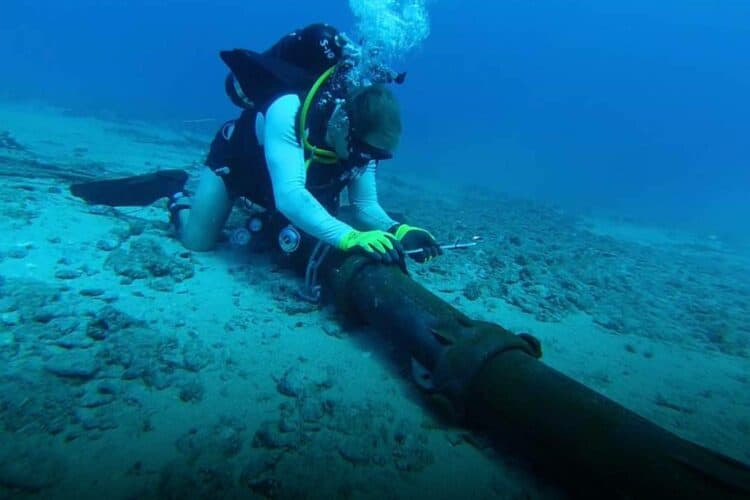Ever wondered how you can instantly message a friend on another continent, or stream a live event from halfway across the world? The magic behind this global connectivity largely owes to undersea cables stretching thousands of kilometres across ocean floors.
What are undersea cables?
Undersea cables, also known as submarine communications cables, are fibre-optic cables laid on the ocean floor, connecting continents and islands across the globe.
These cables, about as thick as a garden hose, carry the bulk of international data, including internet traffic, emails, and phone calls.
Encased in layers of insulation and armour, they are designed to withstand harsh oceanic conditions and are laid by specialised ships capable of handling their massive weight and length.
How these cables impact our daily lives
The role of undersea cables in our daily lives is monumental yet largely invisible.
They are the backbone of global internet connectivity, enabling high-speed data transfer across continents.
Whether it’s streaming movies, conducting international business, accessing cloud-based services, or simply browsing the web, undersea cables make it all possible with minimal latency.
READ MORE – Microsoft experiences system outage: Here are the latest updates
These cables also play a crucial role in the global economy.
Financial institutions rely on them for real-time communication and transactions.
A split-second delay or disruption can result in significant financial losses. Moreover, they are pivotal in ensuring the reliability and speed of services we now take for granted, like video conferencing and online gaming.
What happens when the cables break?
Despite their importance, undersea cables are not immune to damage.
Natural occurrences like earthquakes, underwater landslides, and human activities such as anchoring ships or fishing can break or damage these cables.
When a cable is damaged, the data traffic it carries must be rerouted through other cables, potentially slowing down internet speeds and increasing latency.
Repairing a broken undersea cable is a complex and costly process. Specialised repair ships must locate the damaged section, which can be thousands of metres deep, lift it to the surface, and splice in a new section of cable.
This process can take days or even weeks, during which internet connectivity in affected regions might be compromised.
The resilience of our global internet connectivity hinges on a network of undersea cables, their maintenance, and the timely repair of any damages.
As our reliance on digital services continues to grow, so does the significance of these cables in ensuring the seamless flow of information across the globe.






